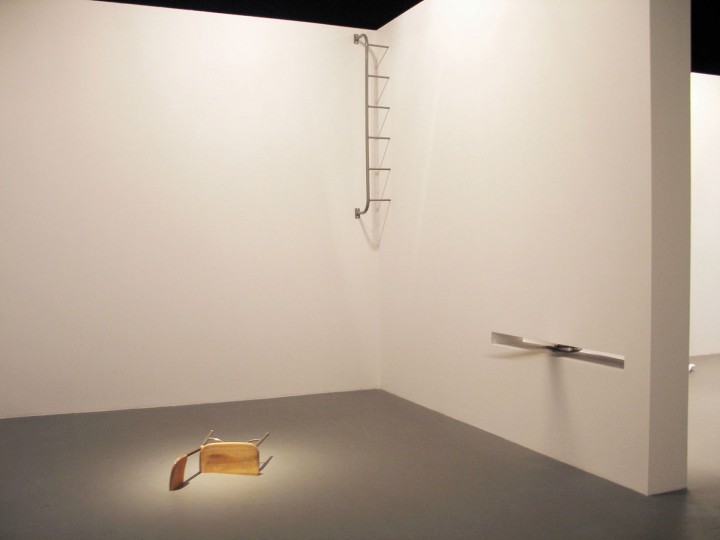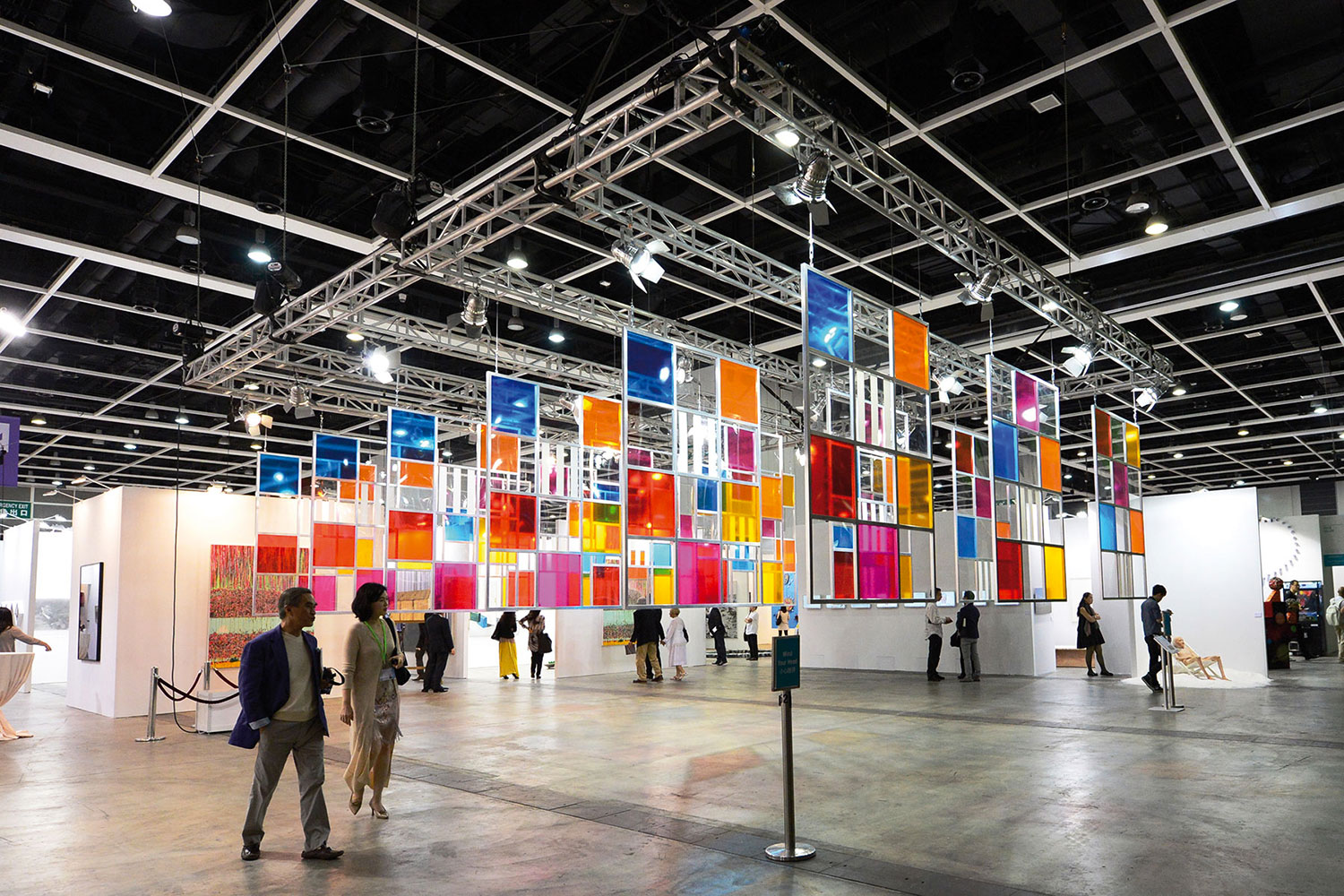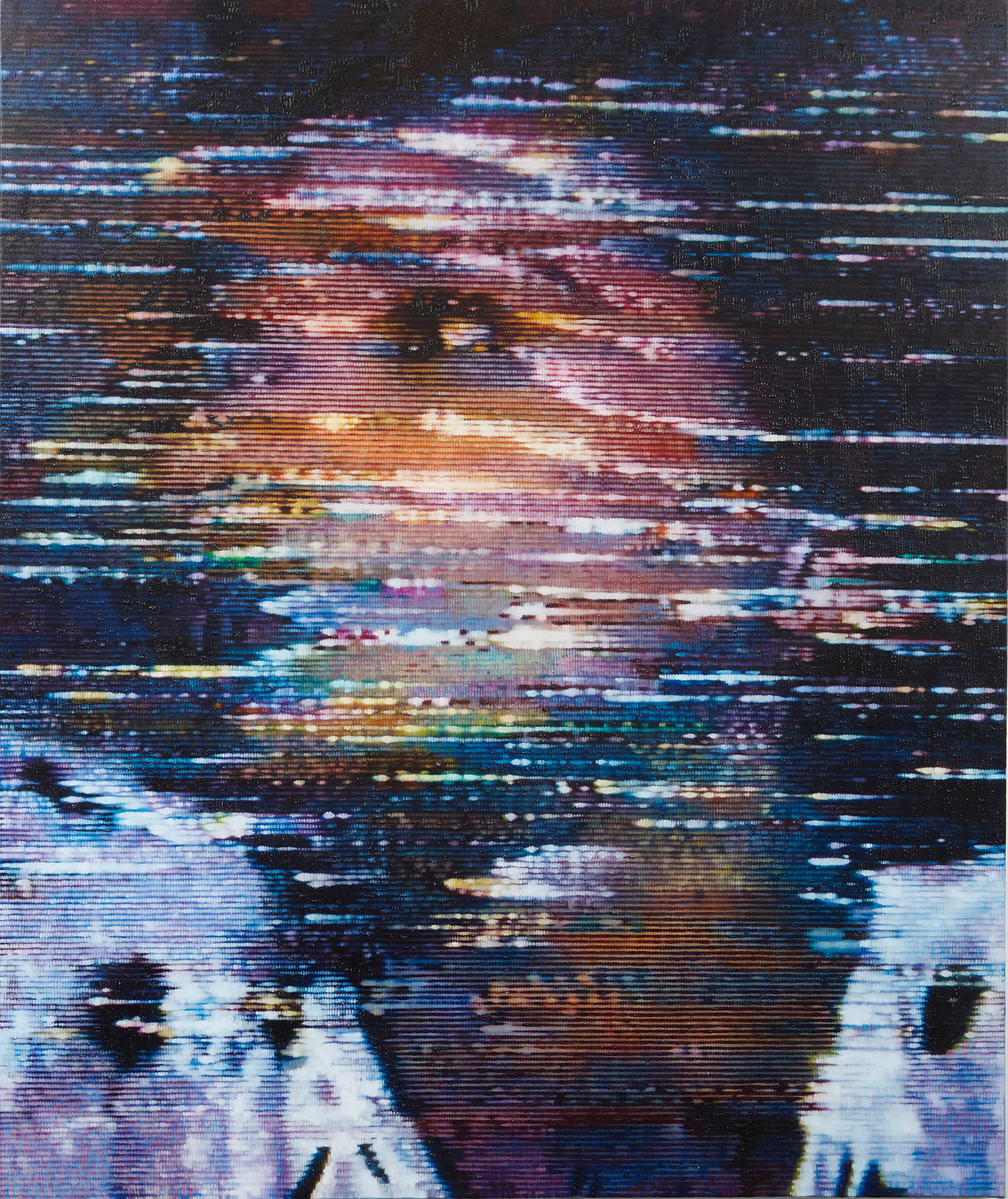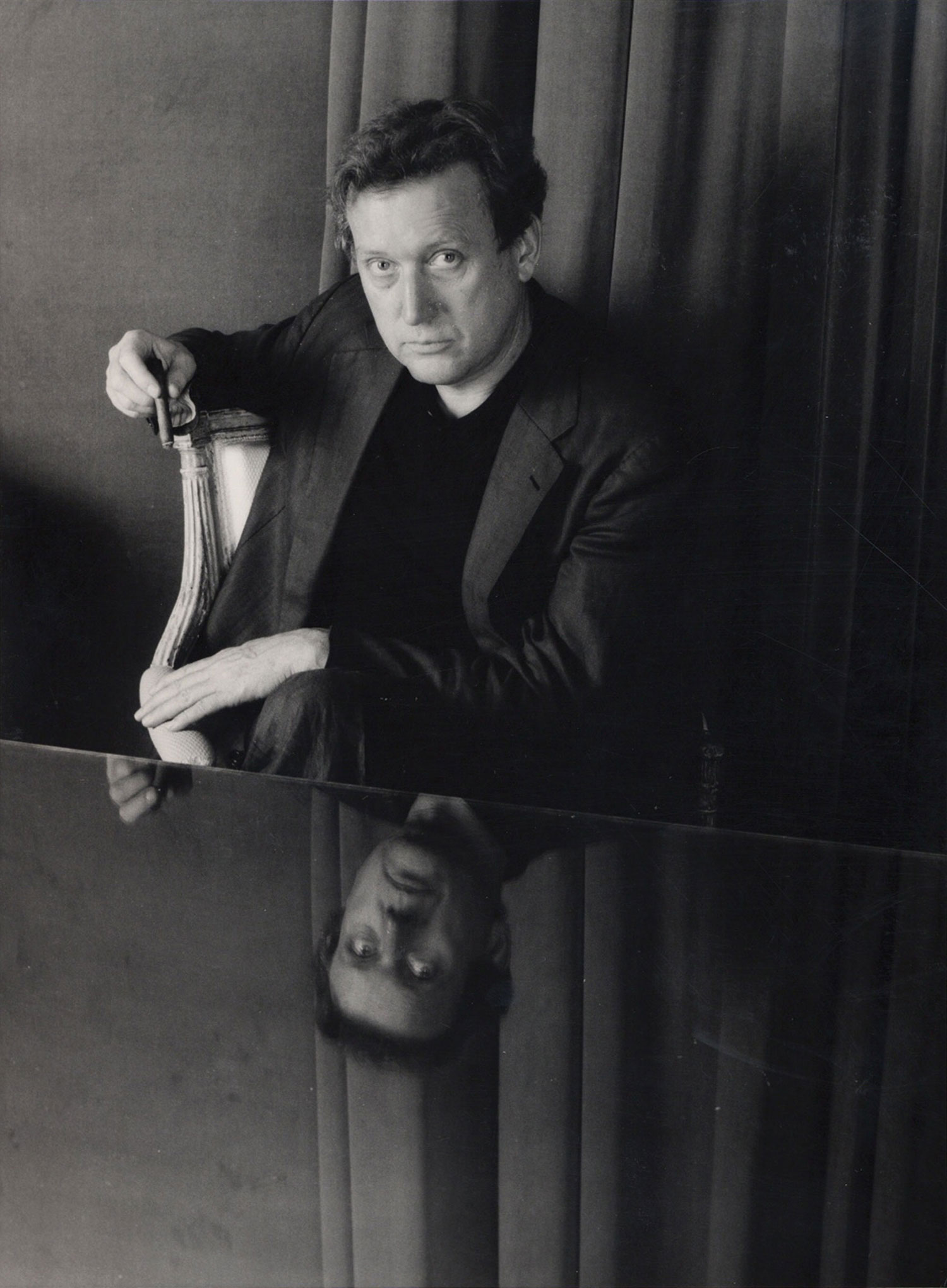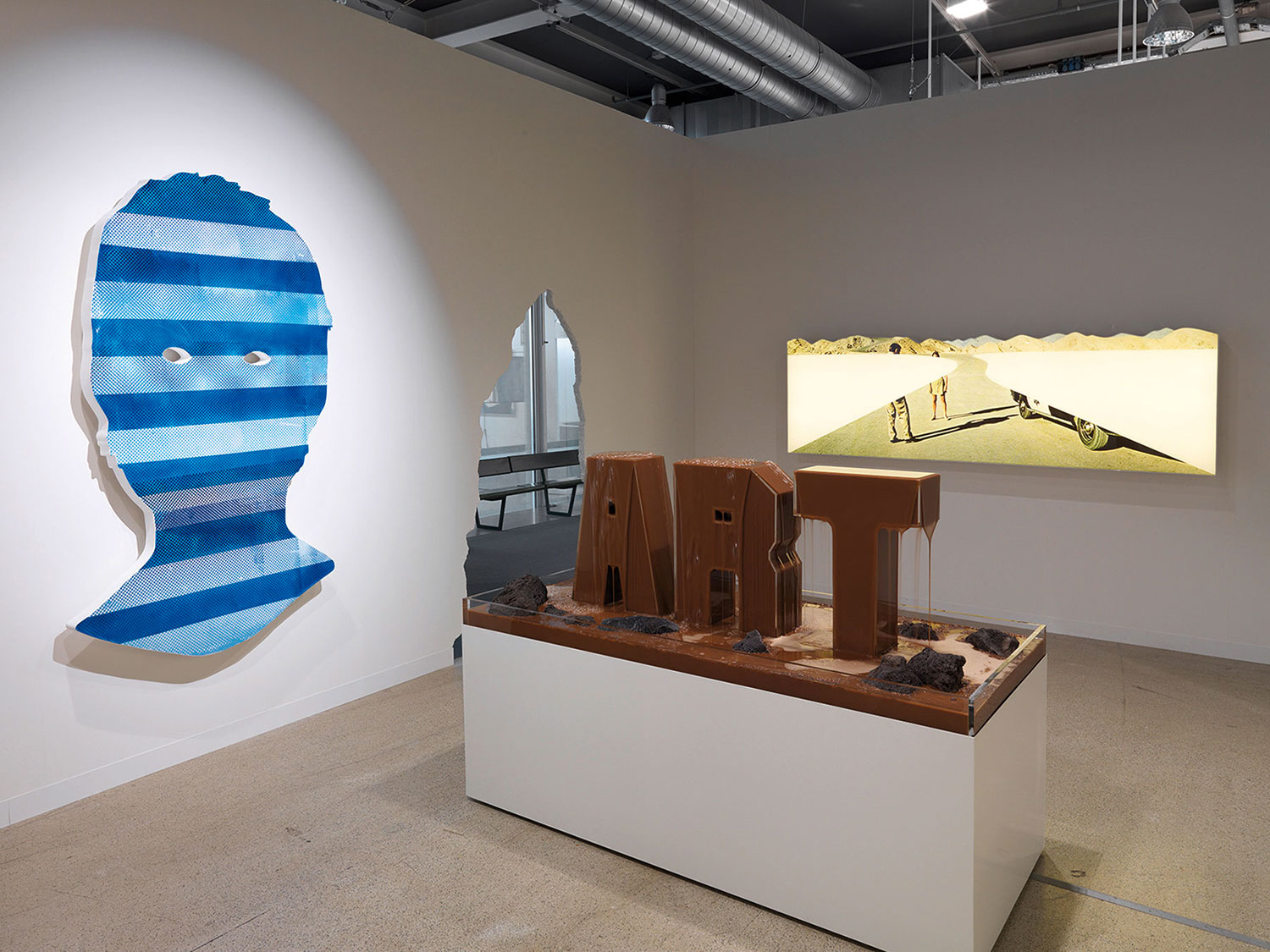
Agnieszka Gratza: Am I right in thinking that there has been a shift away from the representation of the human body in your recent work? Your own body has become less present in it, at any rate.
Vlatka Horvat: That’s absolutely right. Coming from a background in performance, I’ve always been interested in the human body, figure or presence, in relation to the built environment, to objects in space. A lot of my early work in photography, video and collage came at these interests directly — figuratively — but in 2009, for my first solo show at The Kitchen in New York, I began to wonder if I could deal with the same kinds of questions and issues without actually showing the body. I began working on installation and sculptural objects, and instead of representing a body I started to make work that made a problem of the spectator’s body in space. The presence of the spectator — as a subject negotiating space — became really important to me.
AG: So is that what you’re exploring at the moment?
VH: The way I’ve worked on pretty much all the shows since The Kitchen has been to approach them as rooms. I tell myself I’m working with rooms as opposed to making pieces that go into rooms. That distinction allows me to consider how a body fits in there, how a person who enters the space negotiates trajectories and animates the relationships between objects and elements of space. A lot of my work in the last couple of years has explored notions of frames and borders of space, approaching them as sites whose physical properties can be reconfigured and reorganized. I’m drawn to the idea of edges and peripheries in two-dimensional work as well — the point where one thing meets another. So in my works on paper I’ve been working with gestures of folding, cutting and merging. For a while I have been thinking about this idea of making a room that would be entirely reduced to the edges.
AG: Ground Coil, the spectacular floor piece that colonizes most of the walking surface in the main gallery space at Zak / Branicka in Berlin, does just that. It is made of coiled cardboard strips, 600 meters or so, bound with tape in places. What’s the appeal of paper and its byproducts as an artistic medium?
VH: I like paper as a medium because it’s so ubiquitous and commonplace. I’m also drawn to it because it is flimsy, disposable and unprecious. As my work has been developing I’ve been increasingly working with paper as a three-dimensional material rather than just a surface to make pictures on. I think that has to do with the shift I was speaking about before — the shift from representing something to trying to make something happen in the viewer’s experience of space and time. My works on paper have become more performative, spaces to be reconfigured and reorganized. They invoke process and demand a different, more embodied relation from the viewer. They’re objects, rather than images.

